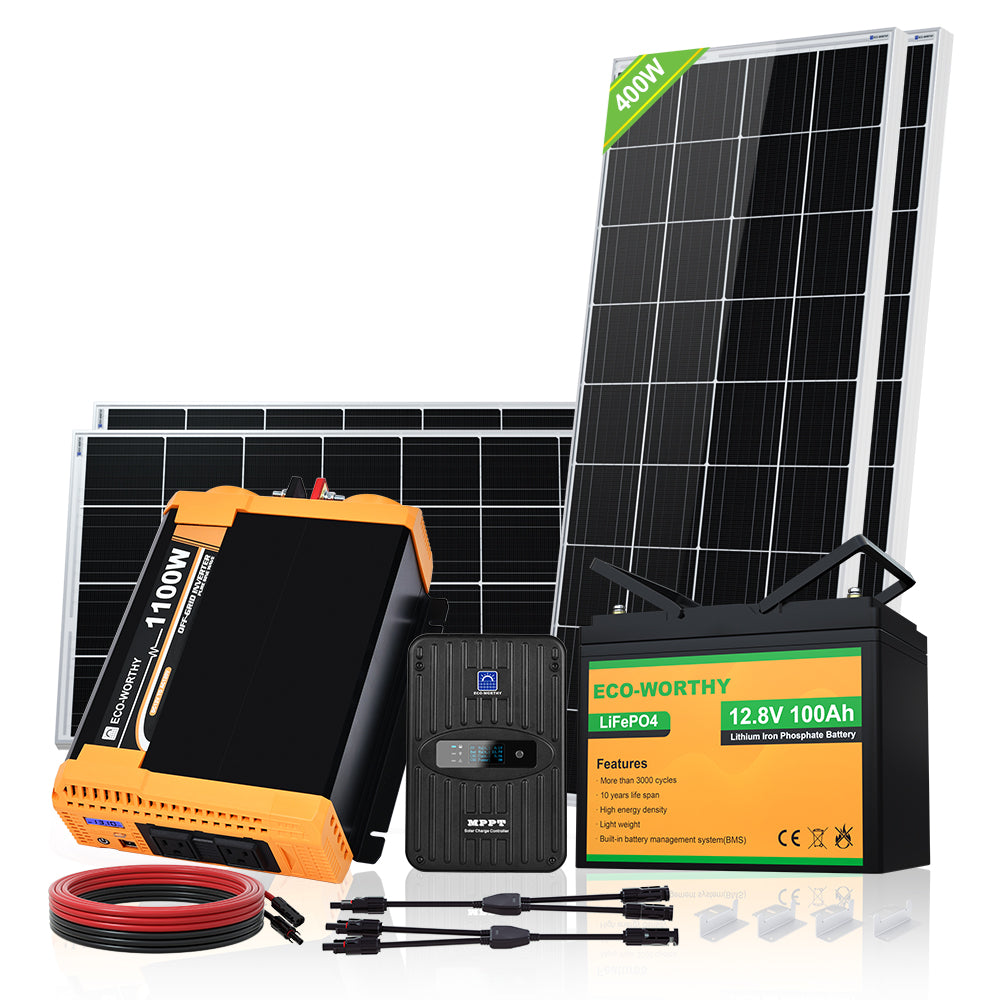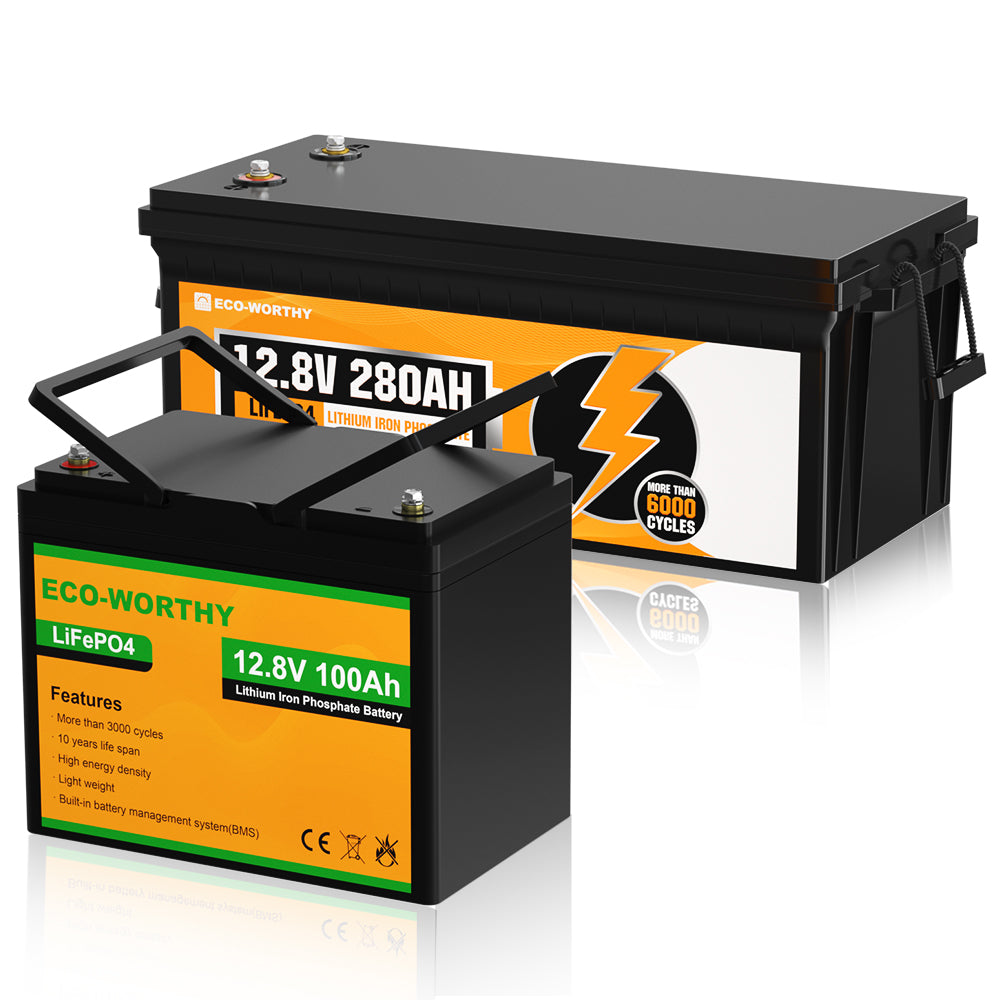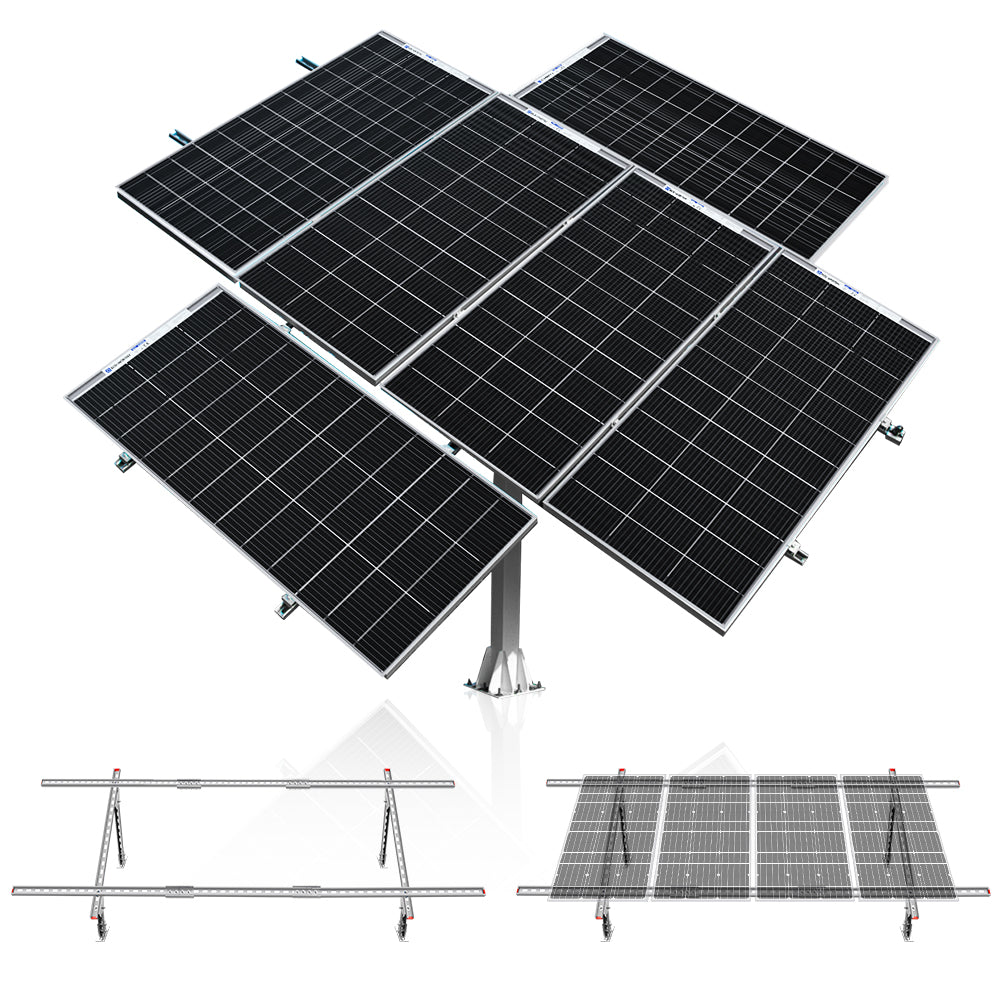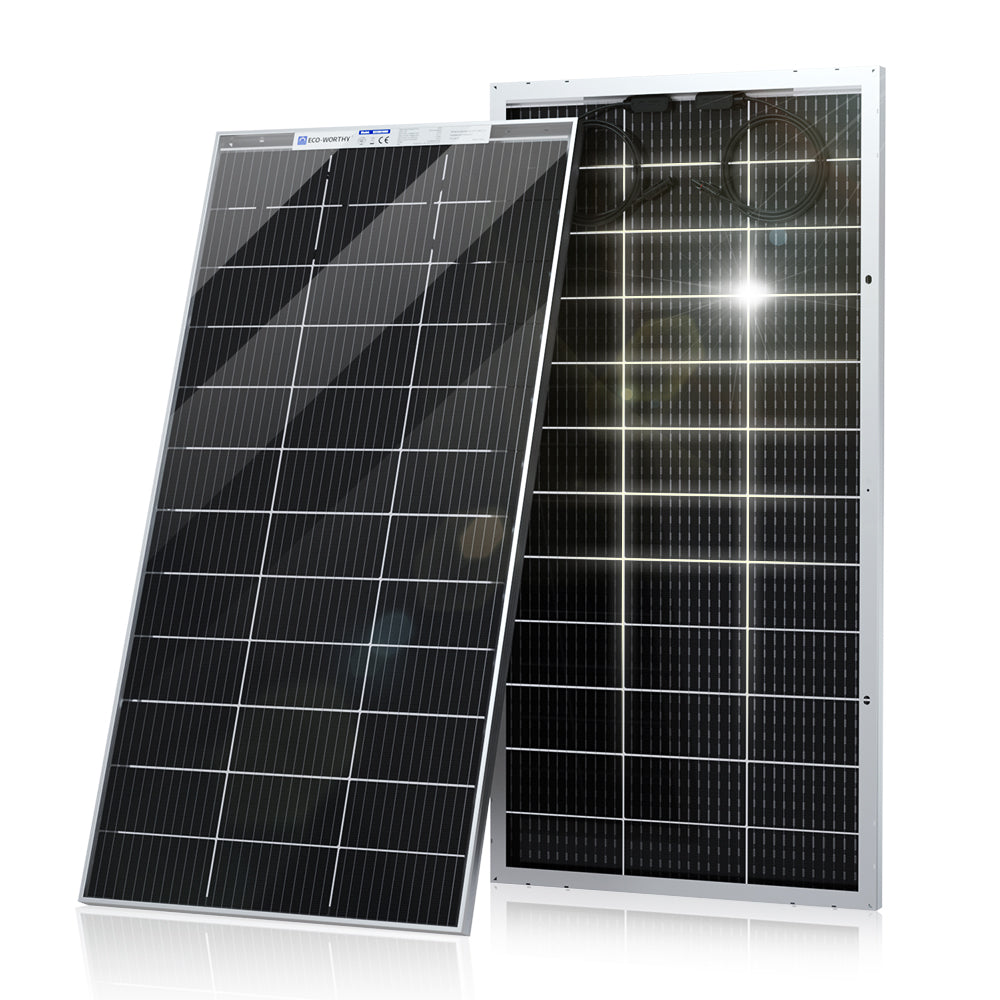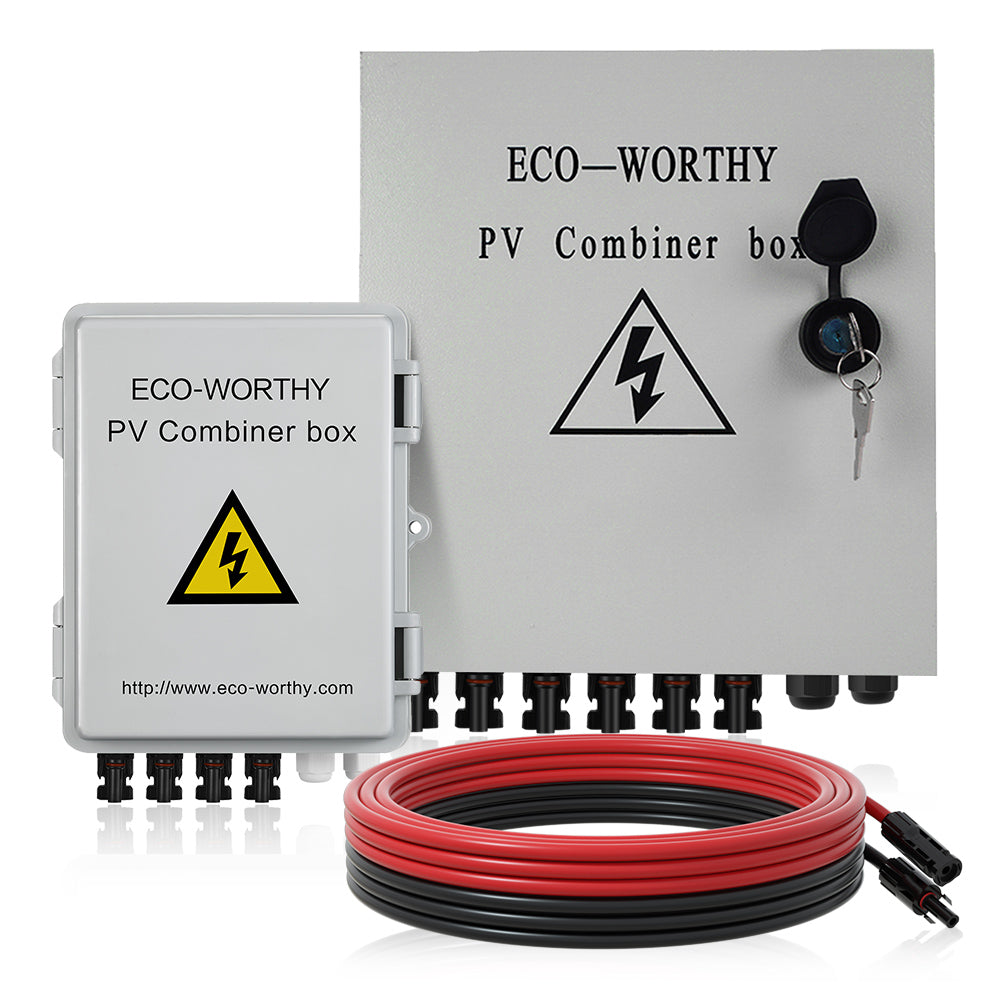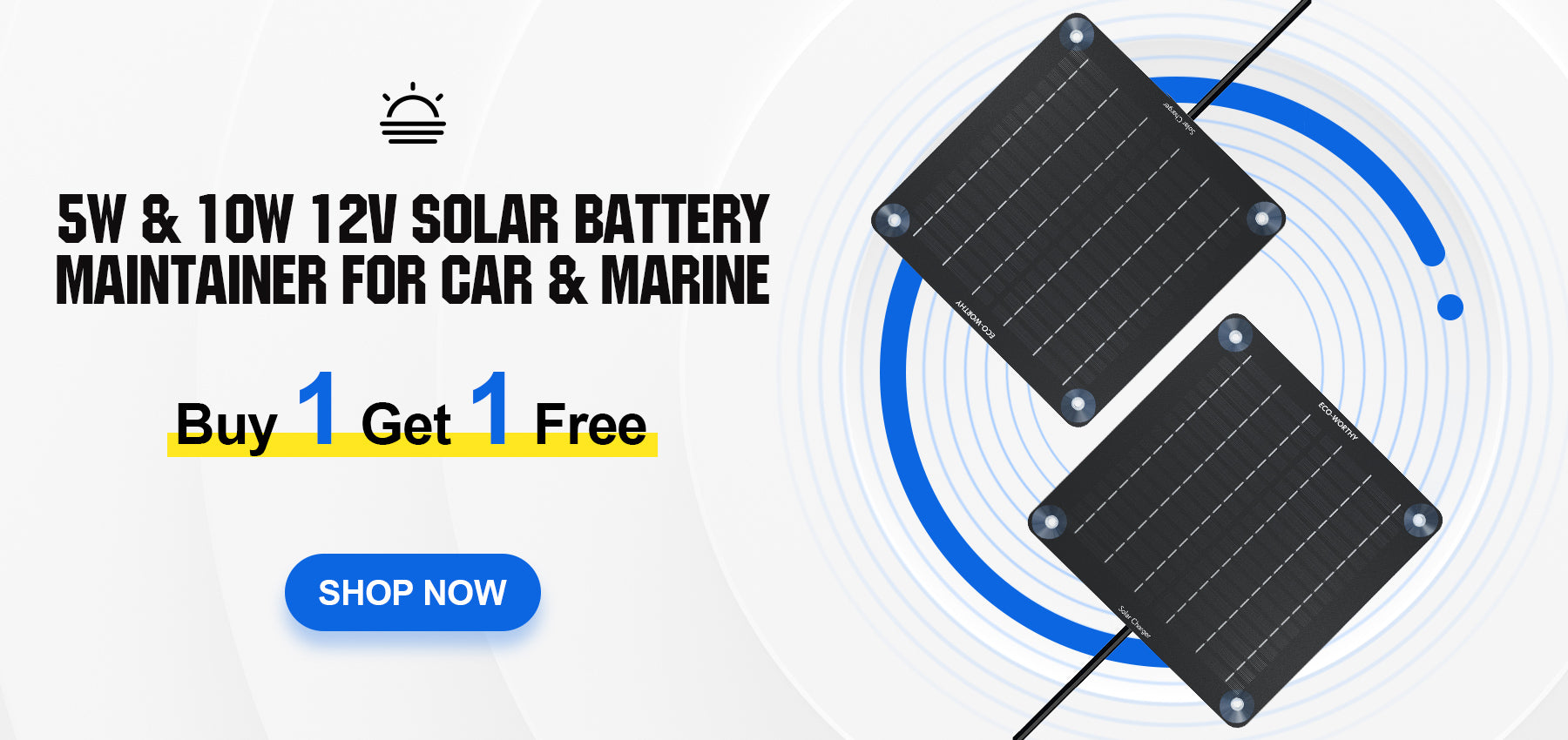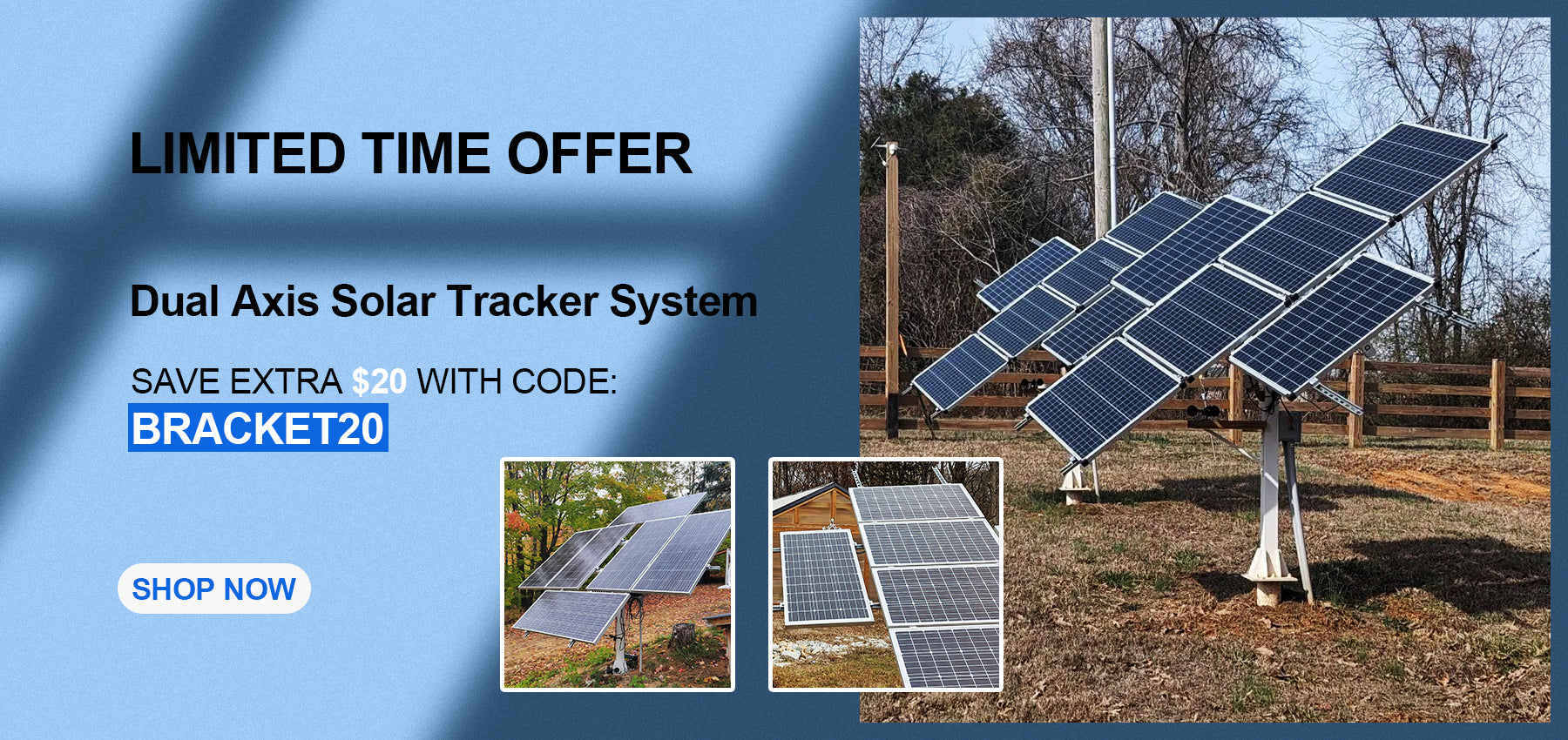
5 Things to Kill and Maintain Lithium-ion Batteries
As the core power source of modern technology products, lithium batteries are widely used in electric vehicles, RVs, home appliances and other devices. In order to ensure their efficient and stable working condition and prolong their service life, correct and scientific maintenance is crucial.
Here are some effective suggestions on how to maintain lithium batteries:
Charging precautions:
• Newly purchased lithium batteries do not need to be activated for a long period of time for charging, but only need to be charged normally in the usual way.
• Avoid charging the battery when it is completely depleted (deep discharge), try to start charging when there is 20%-30% of power remaining, and avoid storing it fully charged for a long period of time.
• Use an original or high quality lithium battery charger with activation function and follow the principle of "charging as you go" . When there is a low voltage, you should try to start charging in time.
Routine Maintenance:
• Lithium batteries are sensitive to temperature, too high or too low temperature will affect their performance and life. The ideal operating temperature is 0℃-55℃, and the optimal temperature is 25℃. Try not to charge the battery below -10°C, it will cause irreversible damage to the capacity of the battery. Try to avoid using or storing the battery for a long time in extreme environments.
• For some devices with a battery management system (BMS), battery calibration can be performed periodically to maintain the accuracy of the battery charge measurement. If the battery is left unused for an extended period of time, it is recommended that the battery be charged to 50% every three months to prevent over-discharge from damaging the capacity.
• While fast-charging technology greatly facilitates users, frequent fast charging may accelerate battery aging. Therefore, when time permits, opt for slow charging whenever possible.
• Clean the dust from the lithium battery case regularly to maintain the thermal performance and usability of the battery.
Others:
• When charging the device, if the conditions allow, it is best to turn off the device or put it into hibernation mode, which can reduce the heat generated by the operation of the device during the charging process and help protect the battery.
• Please take good care of the battery to prevent metal objects from touching the positive and negative terminals of the battery, resulting in a short circuit. Also avoid strong impact or extrusion of the battery to prevent damage to the internal structure. To summarize, rational use and careful maintenance of lithium batteries is the key to ensure their long-term stable operation and extend their service life. By following the above suggestions, you can not only improve the efficiency of battery use, but also effectively reduce the inconvenience caused by battery problems, so that your electronic equipment lasts a long time, full of power.
If you need help, we're standing by and offering the customer service from professional sales and technicians.

